Table of Contents
Generational gaps in Filipino families are more than just a topic of casual conversation; they are a dynamic force shaping the fabric of modern Filipino society. These gaps, stemming from differing value systems and mindsets between older and younger generations, can lead to misunderstandings and strained relationships. However, they also present opportunities for growth, learning, and cultural evolution.
As we explore the complexities of generational gaps in Filipino families, we’ll uncover how traditional values intersect with contemporary lifestyles in an increasingly digital and globalized world. From the bustling cities of Manila and Cebu to the rural provinces, Filipino families are navigating these gaps with resilience and creativity.
The Traditional Mindset of Older Filipinos
Before diving into the specifics, it’s important to understand the broader context of the values and beliefs held by older generations in the Philippines. This will help us appreciate why these generational gaps exist in the first place.
What Values Do Older Filipinos Hold Dear?
Older generations in the Philippines are typically guided by a set of traditional values that have been passed down through the years. One of the most emphasized values is respect for elders. In Filipino culture, showing deference to older family members is not just encouraged; it’s expected.
The emphasis on respect for elders regularly translates into a family-first approach, where individual needs and desires are secondary to the family’s collective well-being. This can create tension with younger generations, who may prioritize personal growth and independence.
What are the Traditional Roles in Filipino Families?
In addition to respect and family-centric values, older Filipinos frequently adhere to traditional roles within the family. Men are generally considered the breadwinners, while women are expected to manage the household. These roles can clash with the more progressive views held by younger generations.
The focus on traditional roles is deeply rooted in the history and culture of the Philippines. It is typically considered a way to maintain stability within the family unit. However, these roles are increasingly being questioned by younger generations who are exposed to different cultural norms and opportunities for education and employment.
The Evolving Views of Younger Filipinos
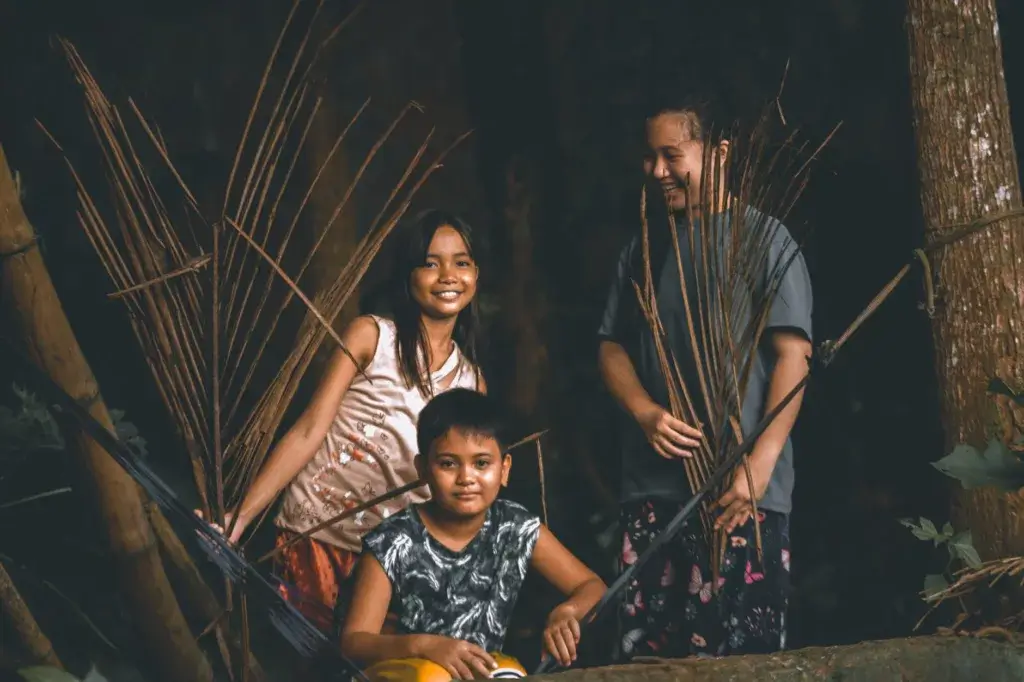
How are Younger Filipinos Changing Family Dynamics?
Younger Filipinos are not just passive recipients of traditional family values; they are active agents of change. They are breaking the cycle of toxic family dynamics by advocating for open communication, individual rights, and modern values. This shift is significantly influenced by globalization and digital connectivity, which have broadened the perspectives of younger Filipinos.
Younger generations are increasingly challenging the notion that problems should be swept under the rug. They advocate for open dialogue to resolve misunderstandings and conflicts within the family. This is a departure from the traditional approach, where issues are often ignored or glossed over with a shared meal or a simple smile.
The influence of globalization and digital connectivity cannot be overstated. Younger Filipinos are exposed to diverse viewpoints and cultures, which has led them to question traditional norms and values. For instance, they are more optimistic about their future compared to their global peers. They are also more informed and engaged in political and social issues, although there is a sense of disillusionment with the current political system.
The Generational Gap: A Glimpse Into Filipino Households
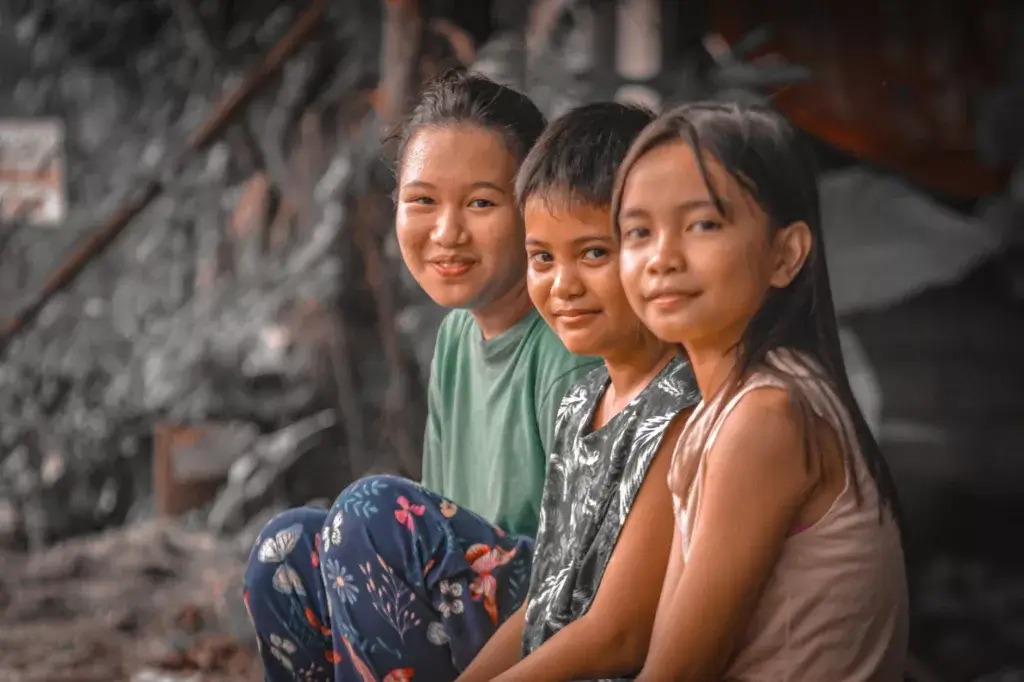
What Does the Generational Gap Look Like in Everyday Life?
The generational gap manifests in various ways within Filipino families, affecting daily interactions, decision-making, and conflict resolution. This section will share some real-life scenarios or anecdotes that illustrate these manifestations.
In many Filipino families, older members expect younger ones to conform to traditional roles and values. This often leads to tension when younger family members, influenced by modern values, seek to assert their individuality.
Consider a family dinner where a younger member expresses a desire to pursue a career in the arts, only to be met with skepticism or outright disapproval from older family members. Such scenarios are not uncommon and reflect the deep-rooted generational gaps that exist within Filipino families.
The Digital Divide: A New Frontier in Generational Gaps
One of the most significant factors contributing to generational gaps in Filipino families is the digital divide. This technological chasm between generations has profound implications for family dynamics, communication, and understanding.
- Social Media and Family Communication: While social media platforms have become integral to younger Filipinos’ lives, older generations often struggle to adapt. This disparity can lead to misunderstandings and missed opportunities for connection. For instance, younger family members might share important life updates on Facebook or Instagram, assuming all relatives will see them, while older relatives may feel left out of the loop.
- Digital Literacy and Empowerment: The varying levels of digital literacy across generations can shift traditional power dynamics within Filipino families. Younger members often find themselves in the role of digital mentors, helping their elders navigate new technologies. This reversal of the traditional teacher-student relationship can be both empowering and challenging for family dynamics.
- Online vs. Offline Values: The internet exposes younger generations to global perspectives, sometimes conflicting with the more traditional values held by their elders. This can lead to disagreements on issues ranging from career choices to personal relationships, widening the generational gap in Filipino families.
Pandemic’s Impact on Generational Gaps
he COVID-19 pandemic has had a profound effect on Filipino families, in some cases exacerbating generational gaps while in others bringing families closer together.
- Differing Risk Perceptions: Younger generations, often perceiving themselves as less vulnerable to the virus, may clash with older family members who are more cautious. This has led to tensions over social distancing measures and family gatherings.
- Work-from-Home Dynamics: The shift to remote work has brought multiple generations under one roof, forcing families to navigate shared spaces and differing work styles. While this has created challenges, it has also provided opportunities for greater understanding and appreciation of each other’s daily lives.
- Digital Adoption Acceleration: The pandemic has accelerated digital adoption among older Filipinos, potentially narrowing some aspects of the digital divide. However, it has also highlighted the need for ongoing support and patience as older generations adapt to new technologies.
How Can We Bridge the Generational Gap?
As generational gaps in Filipino families continue to evolve, so too must our strategies for bridging them. Here are some updated approaches:
- Embrace Reverse Mentoring: Encourage younger family members to share their digital skills and contemporary perspectives with older relatives. Simultaneously, create opportunities for elders to share their wisdom and life experiences.
- Create Cross-Generational Projects: Initiate family projects that require input from all generations. This could be anything from starting a family blog to planning a virtual family reunion.
- Practice Active Listening: In an age of constant digital distraction, the art of active listening is more crucial than ever. Encourage all family members to put aside devices during family discussions and truly hear each other’s perspectives.
- Celebrate Diversity of Thought: Frame generational differences as a strength rather than a weakness. Encourage family members to view diverse opinions as opportunities for growth and learning.
What Positive Outcomes Can We Expect?
Addressing generational gaps isn’t just about resolving conflicts; it’s about fostering a culture of understanding and growth within the family. Here’s what can emerge from this endeavor:
- Stronger Family Bonds: Understanding and compromise can lead to stronger family bonds. The family becomes a support system where each member feels heard and valued.
- Mutual Respect: When families work together to bridge generational gaps, it fosters an environment of mutual respect. Older family members learn to appreciate the fresh perspectives that younger generations bring, and vice versa.
- Personal Growth: Confronting and resolving family issues can lead to significant personal growth. It provides an opportunity for self-reflection and a better understanding of one’s values and beliefs.
- Embrace Change for a Harmonious Household: Change is inevitable, but it doesn’t have to be a bad thing. Families that embrace change and work together to navigate it are more likely to build a harmonious household.
What Have We Learned About Bridging Generational Gaps in Filipino Families?
As we’ve navigated through the complexities of generational gaps in Filipino families, it’s clear that this is a multifaceted issue. From the traditional mindset of older Filipinos to the evolving views of younger generations, the divide is real but not insurmountable. We’ve also explored practical strategies for harmonious co-existence and the positive outcomes that can emerge from addressing these gaps.
It Takes a Village: The Collective Effort for Harmony
Bridging generational gaps is not the responsibility of one family member or one generation; it’s a collective effort. Understanding, communication, and compromise are key elements in this endeavor. By taking proactive steps to bridge these gaps, families can foster stronger bonds, mutual respect, and personal growth.
Final Thoughts
In conclusion, generational gaps in Filipino families may present challenges, but they also offer opportunities for growth and understanding. By acknowledging these differences and working together to bridge them, Filipino families can create a more harmonious and supportive environment for all generations.
By embracing change and fostering open communication, we can turn generational gaps from a point of contention into a source of strength. After all, each generation has something valuable to contribute, and it’s through this collective wisdom that families can truly flourish.
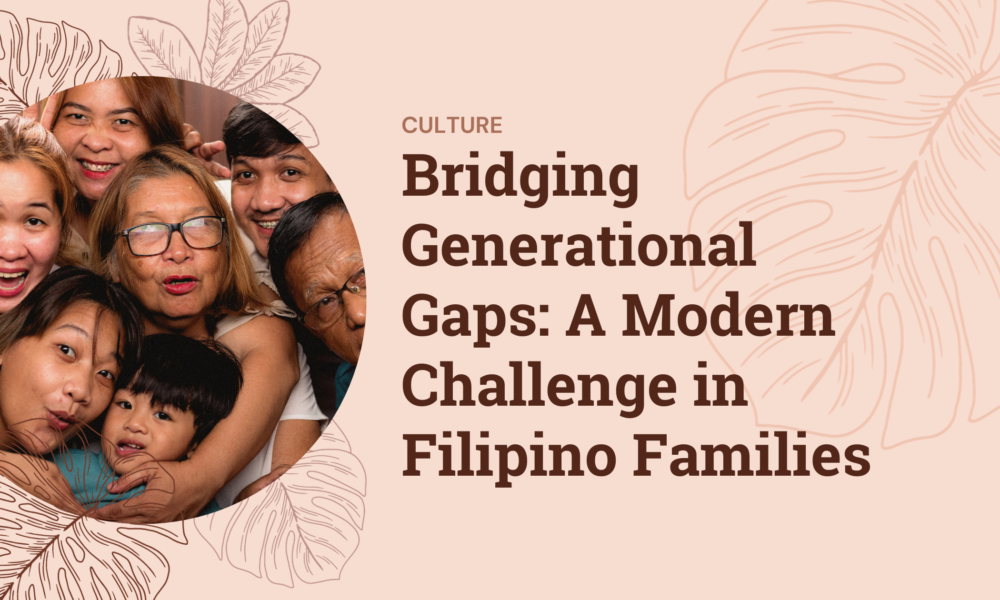



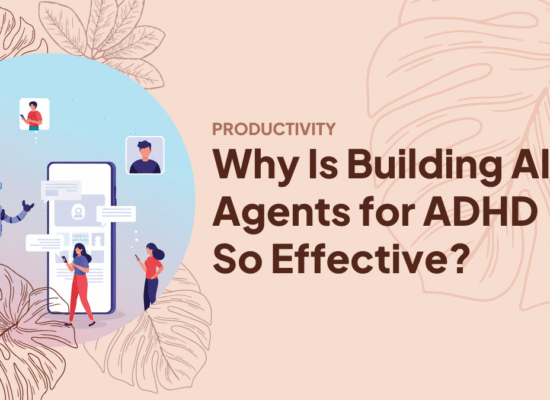
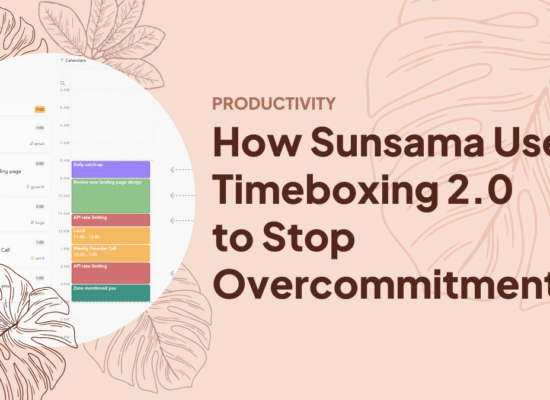

No Comment! Be the first one.